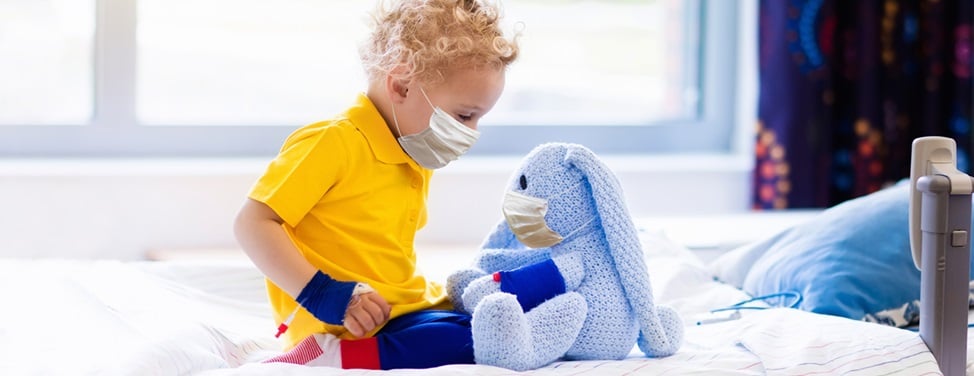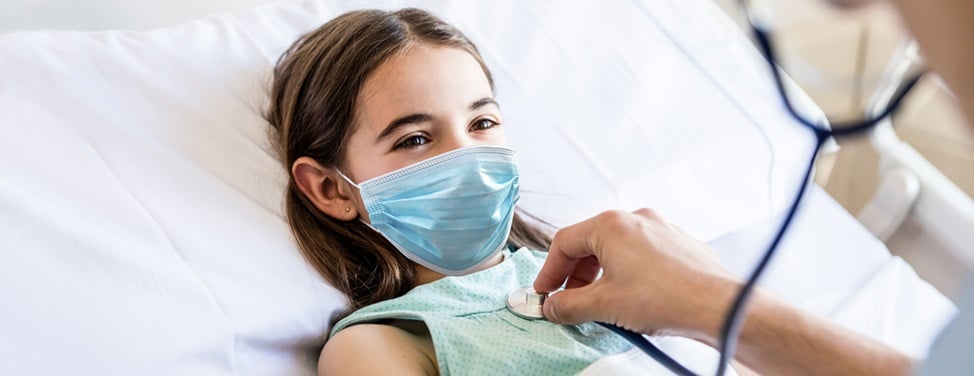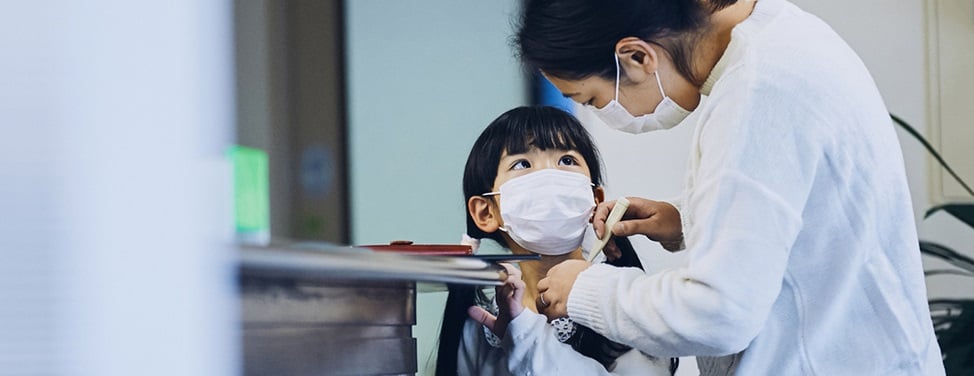Children who have had surgery or are taking pain medication may find it difficult to stand, walk or maintain their balance. They also may lose strength or flexibility after being sedentary or experience changes in cognition, memory, vision or hearing – all of these make them prone to falling.
Moreover, a child with a history of falls before entering the hospital is at an increased risk of falling while in the hospital.
Preventing falls for patients in the hospital is a priority at UCSF Benioff Children's Hospital Oakland and UCSF Medical Center. Our fall prevention program involves everyone on the health care team and is designed to protect all patients from falls, including by carefully monitoring at-risk children.
What does UCSF Benioff Children's Hospital Oakland do to prevent falls?
We have a systematic program to prevent falls from occurring and to identify and protect children who are at risk. We make sure all patients are placed in age-appropriate beds with the side rails raised. In addition, if we determine a child is at risk for falling, we take added measures, such as signage that alerts staff and doctors and reminds families of the risk. A thorough assessment and periodic re-assessment of risk factors is an important part of the program.
Fall prevention is a team effort. Patients and family members play key roles: They are educated on the importance of asking care providers for assistance when getting out of bed, moving from a chair, or returning to bed from the bathroom.
How does UCSF Benioff Children's Hospital Oakland measure fall rates?
Fall rates are calculated as the number of falls per 1,000 patient days. UCSF submits data on falls to the Collaborative Alliance for Nursing Outcomes and National Database of Nursing Quality Indicators to determine how we compare with other hospitals in California and the nation.
Pediatric Fall Rates
| Year | Fall Rate |
|---|---|
| FY2021 | 0.16 |
| FY2022 | 0.37 |
| FY2023 | 1.08 |
| FY2024 | 1.48 |
| FY2025 | 0.83 |
Rates are derived from the number of falls/1,000 patient days.

































